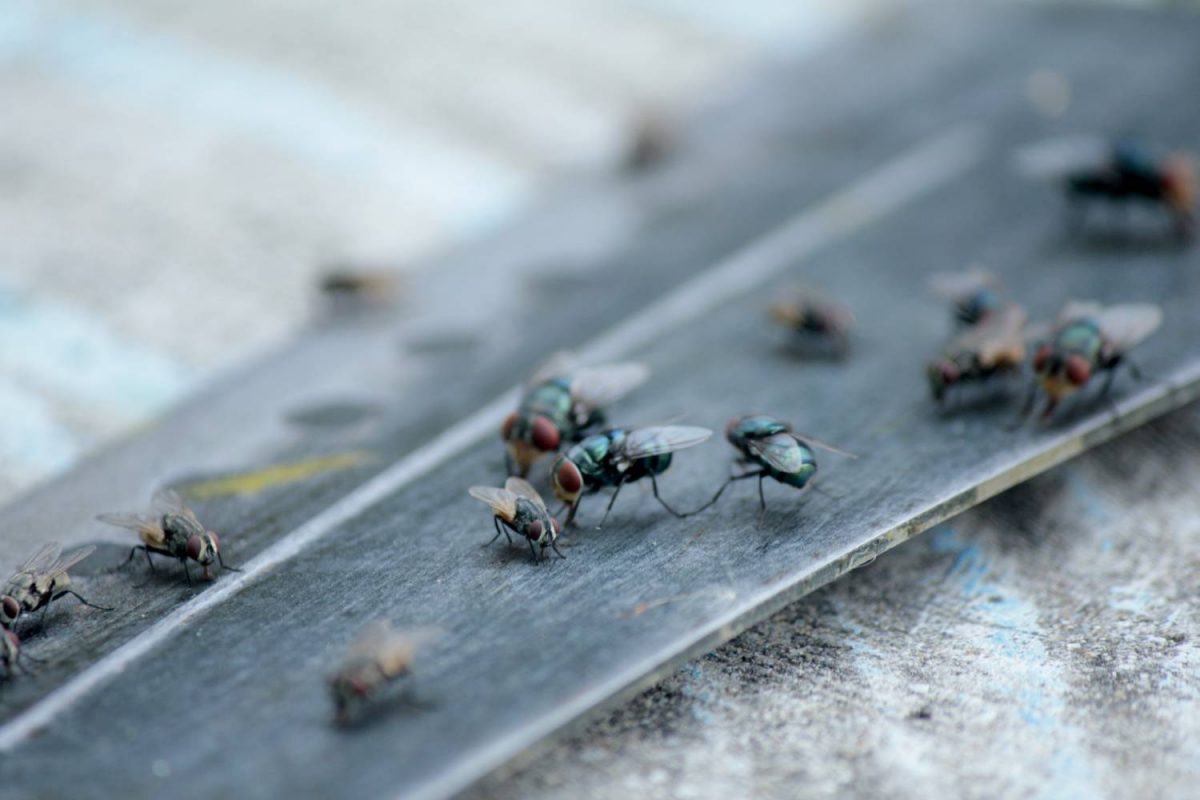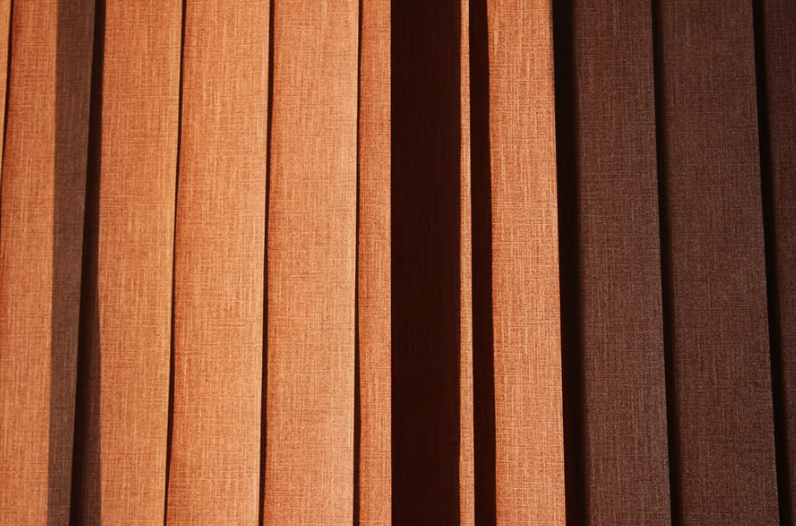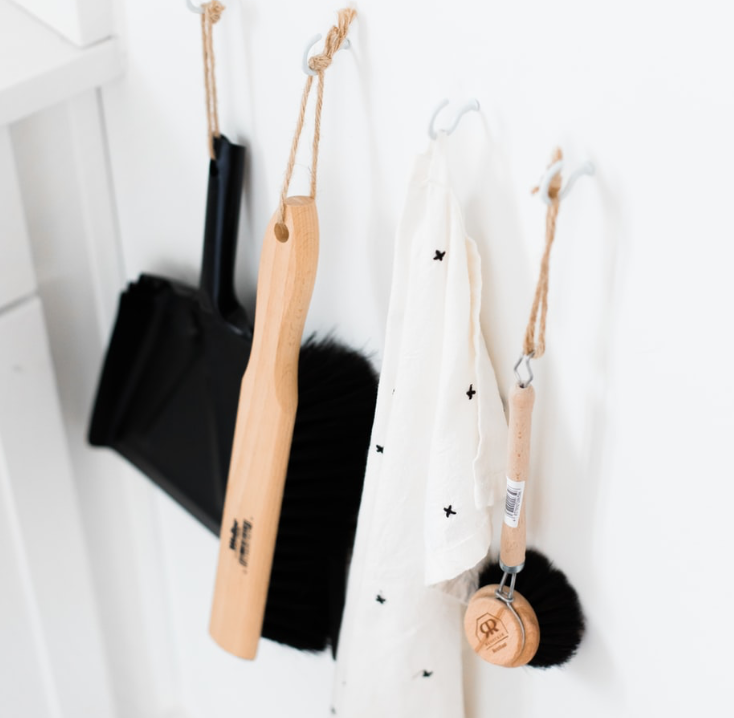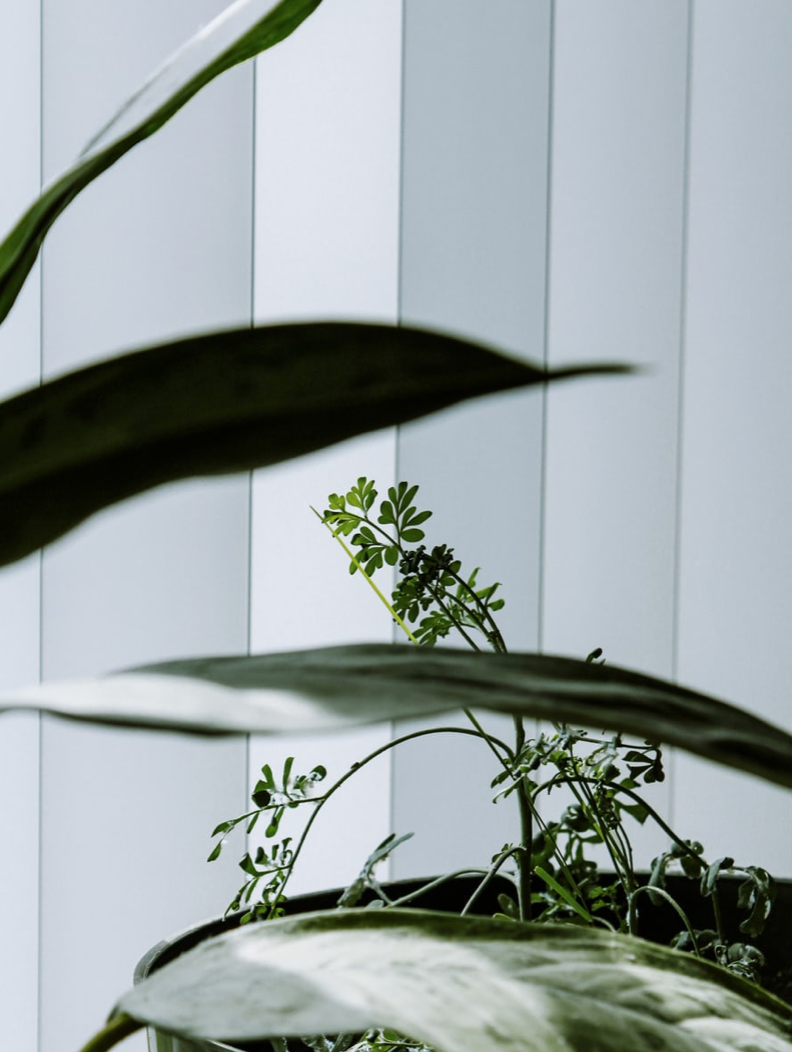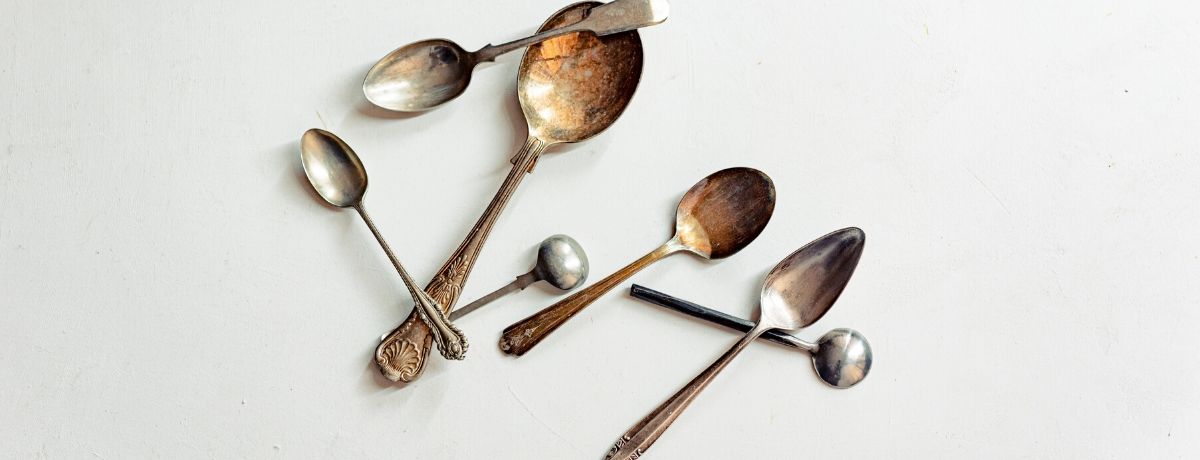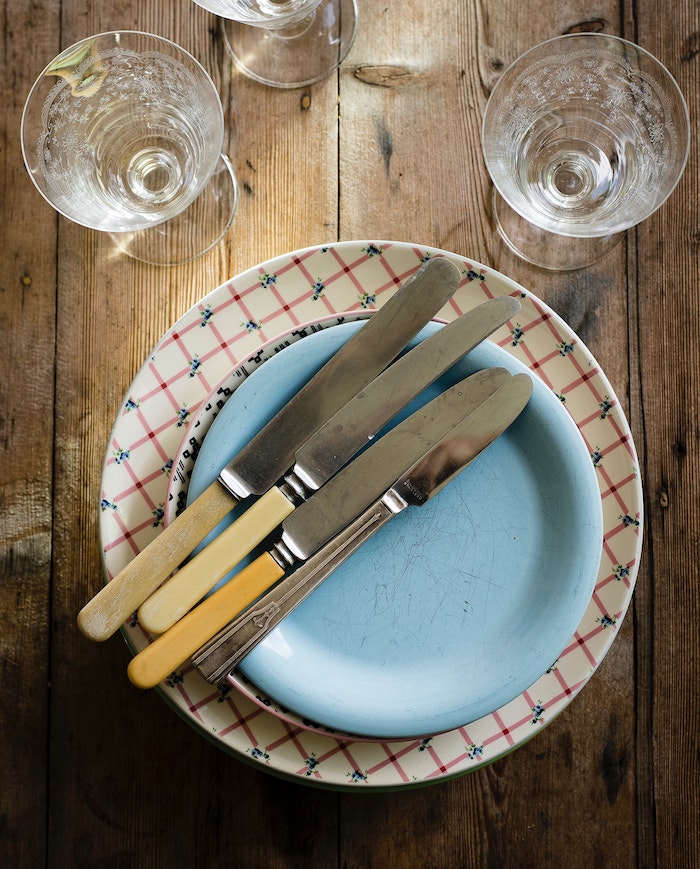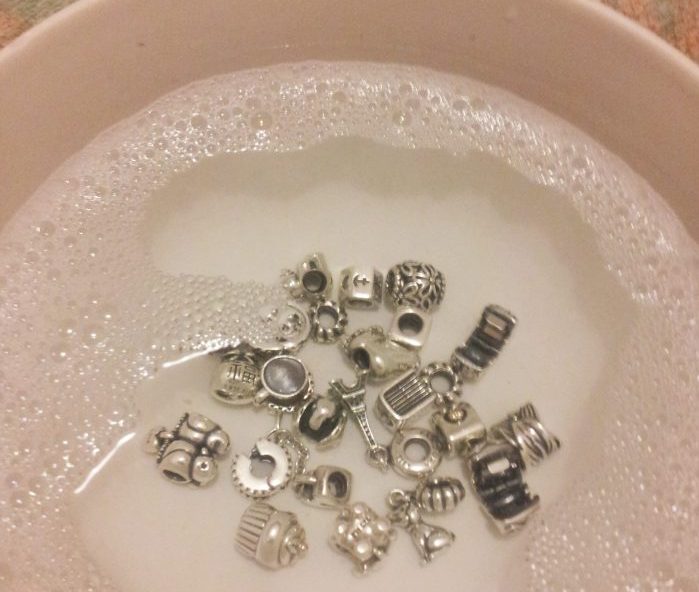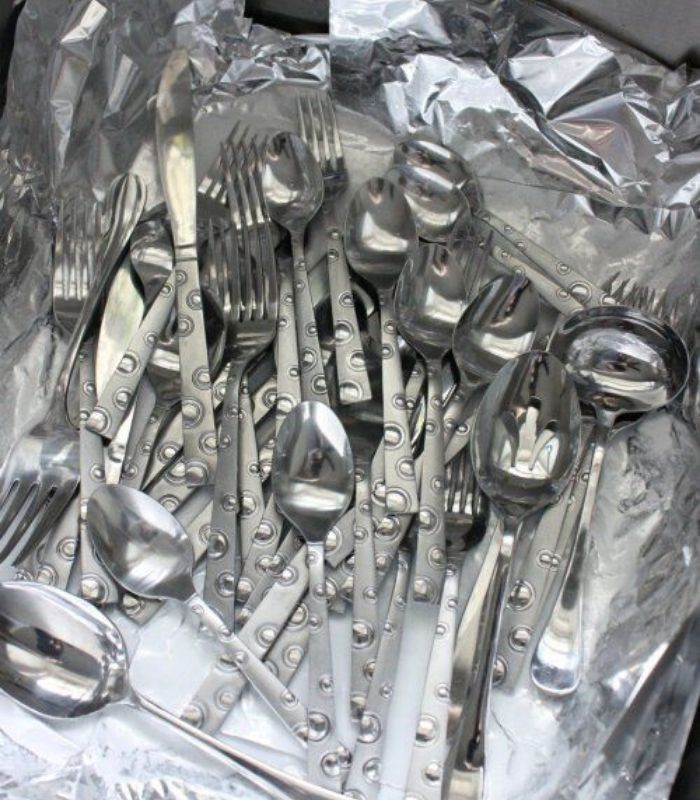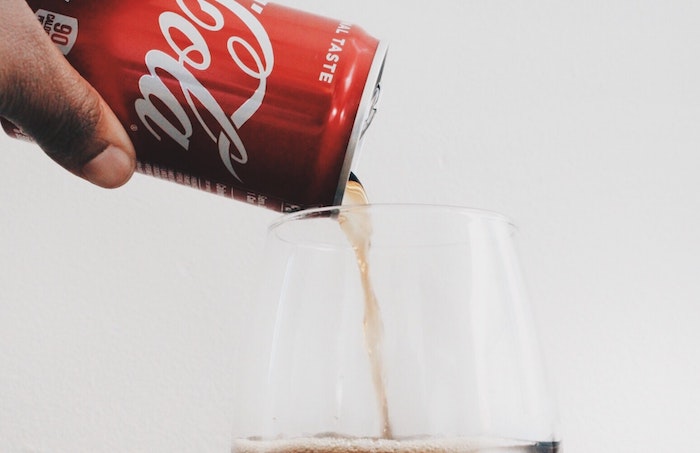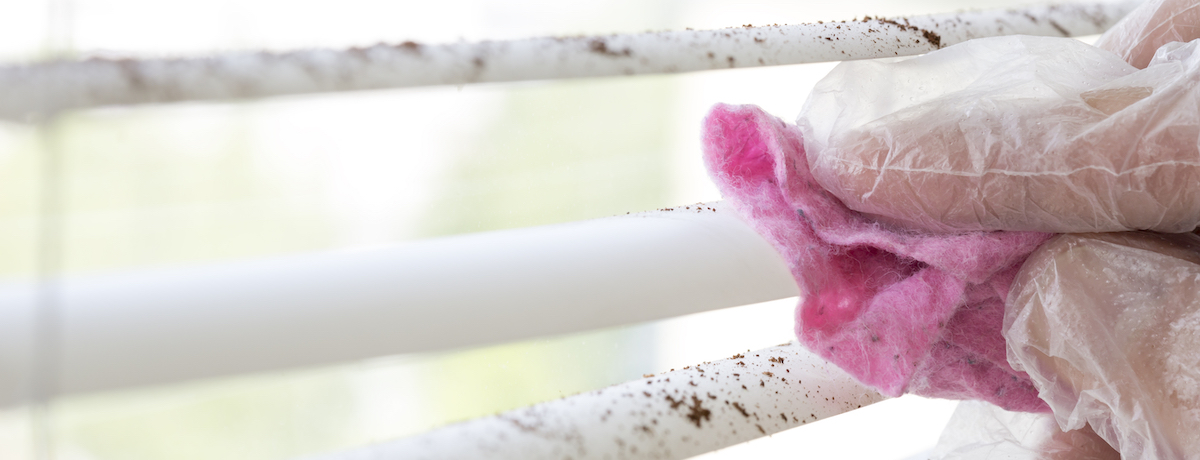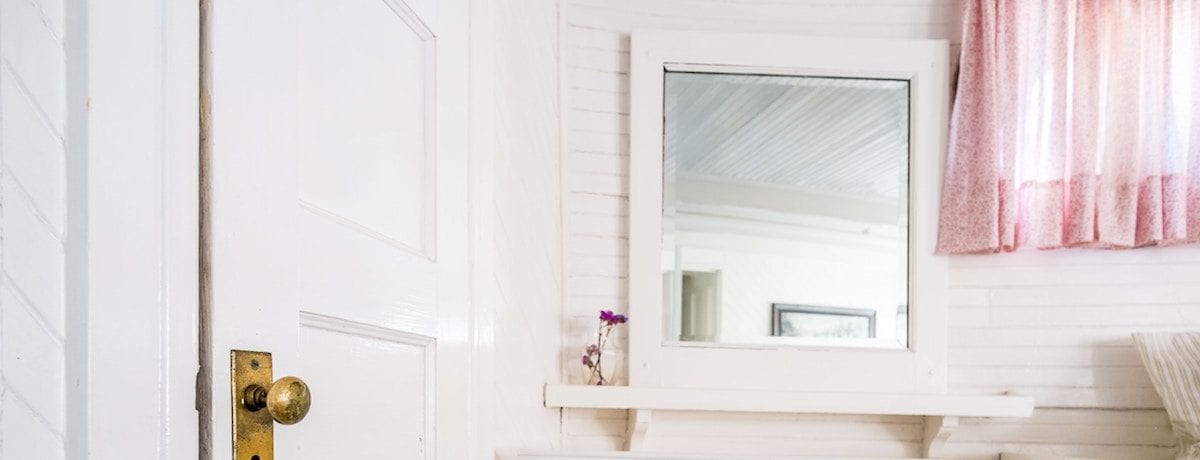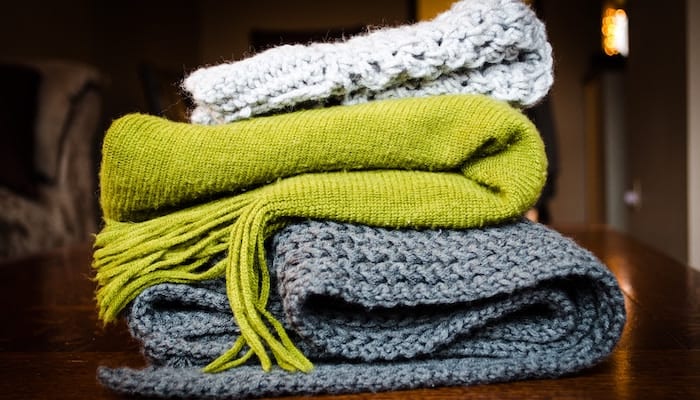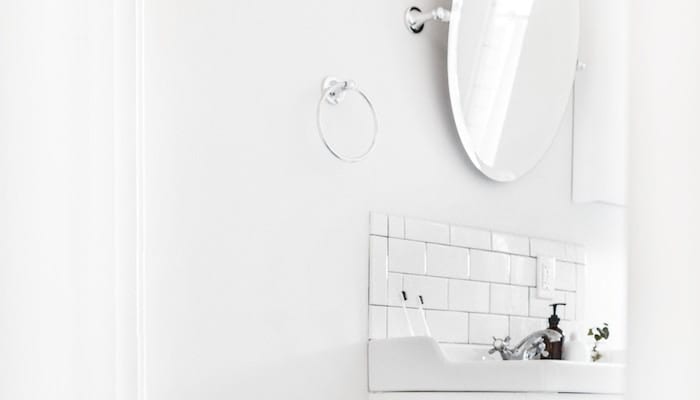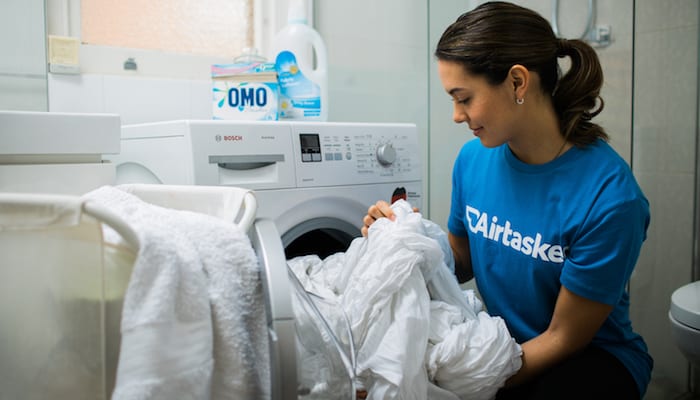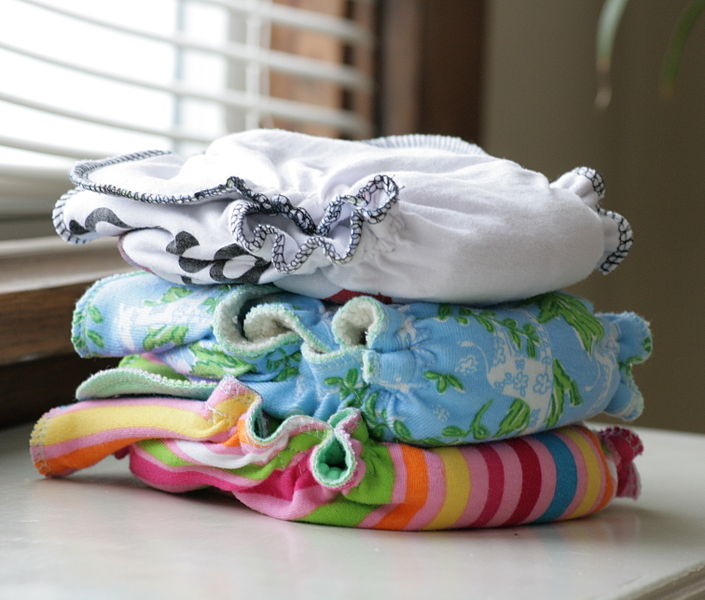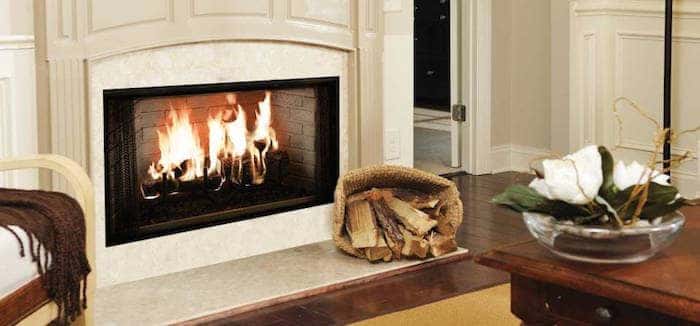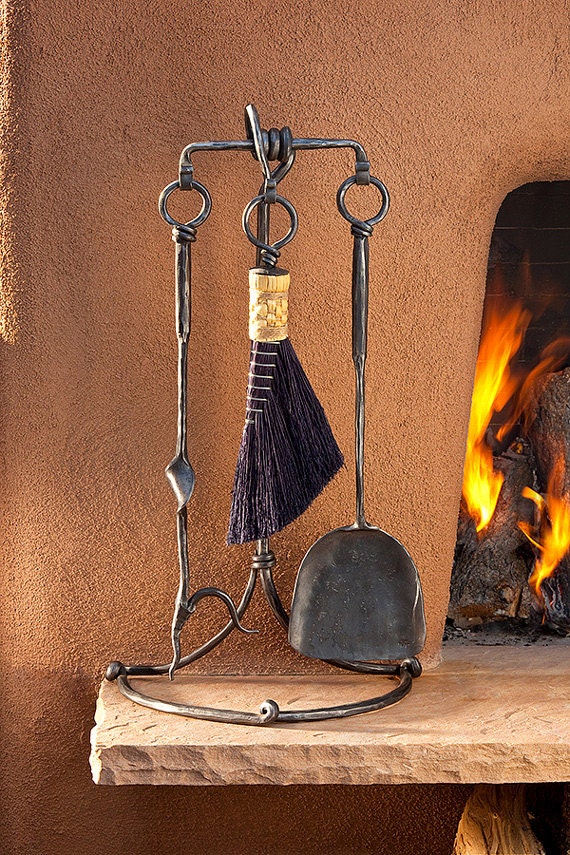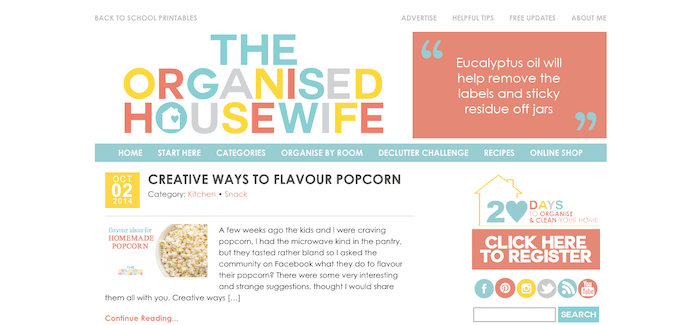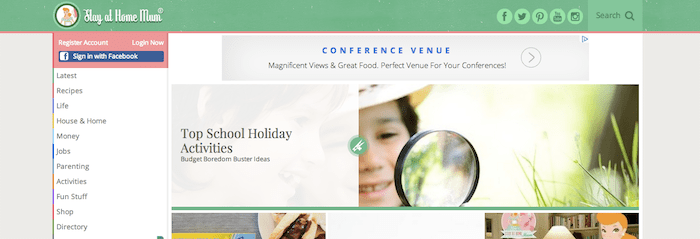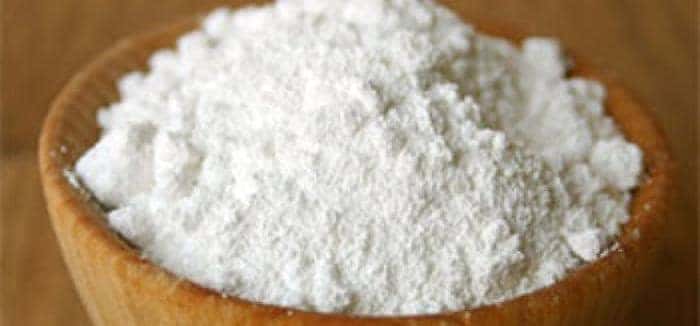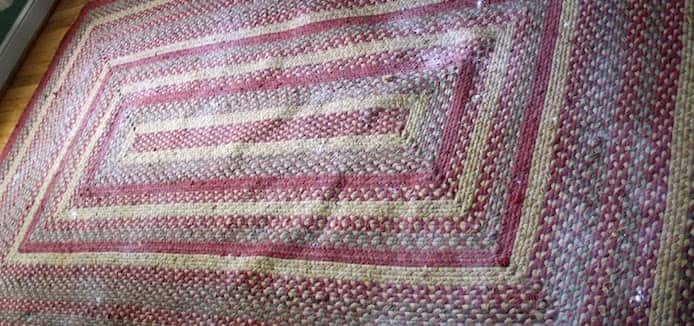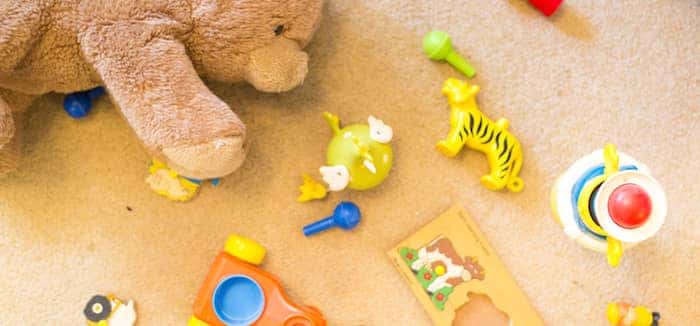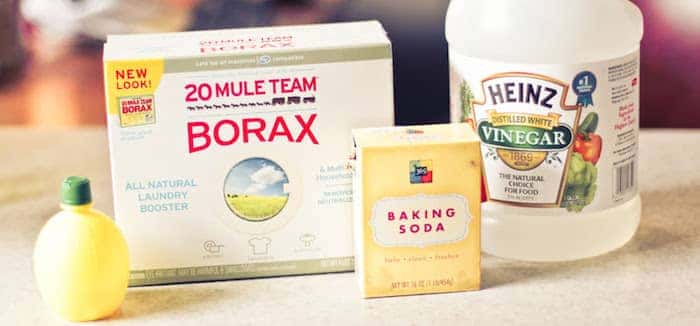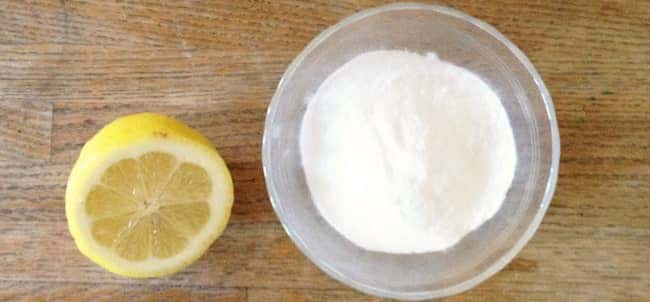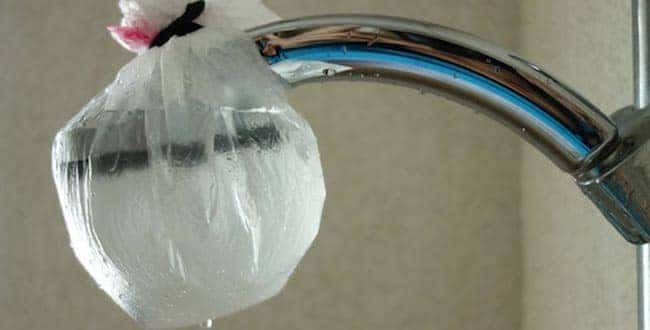Flies can be a bit of a nuisance when they are in your home. How come they can find their way in so easily, but always have trouble leaving? Sometimes, you need to take action, and our DIY fly trap is the key to a pesticide-free solution.
It is also important to note that flies multiply, so you won’t want them hanging around for too long. You can prevent them by making sure you take out the trash and keep your food locked up.
If you do find yourself with a fly issue, however, we have some simple solutions on how to make your DIY fly trap and send these flies on their way.
How to make a DIY fly trap with a bottle
Making a DIY fly trap is easy. Here’s what you’ll need to do:
Step 1: Prepare your materials
For this DIY fly trap, you first need to prepare all the materials you’ll need. This will include:
- An empty plastic bottle
- Scissors or a sharp knife
- Duct or packaging tape
- Some DIY fly trap bait (we’ll break down the options below)
Step 2: Choose your fly bait
Flies are attracted to decaying organic materials, but the type of fly you are dealing with will often dictate the best form of bait. There are two primary fly types that will likely be paying you an unwanted visit:
- House flies/blowflies: The most common fly types are attracted to fruits and vegetables. They love sweet things, so rotting fruit is a great bait option. The more rotten, the better. They also love poop, but we understand if you don’t want to use that as bait.
- Fruit flies: Funnily enough, fruit flies also love fruit – go figure. They prefer things that fermented, but anything sugary, like juice, wine, beer, and cider, will attract them on in. That’s right; fruit flies love to party. They’ll even drink vinegar!
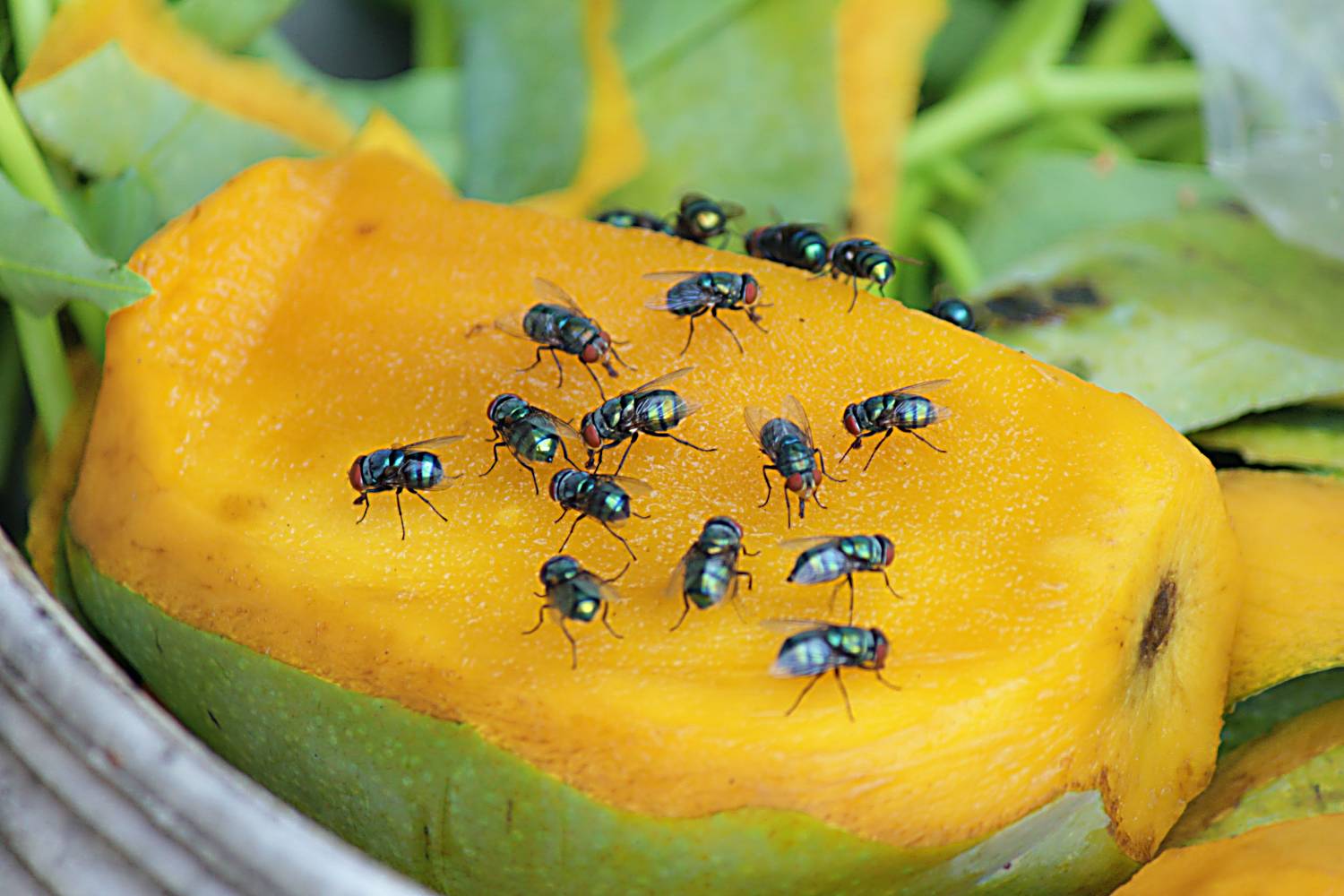
We recommend experimenting with a few different kinds of bait to find out which option works best in your trap. You may like to try a combination of things. Basically, any old food scraps, the older, the better, should work fine. The key thing that attracts the flies is the smell, so the smellier the bait, the more effective it will be.
For fruit fly trap, the riper, the better, and you can use apple cider vinegar for your trap. Or try fruit juice, wine, beer, or any combination of these things to trap fruit flies and sucker them in.
Pro-tip: You want to keep bees out of your trap (we need them healthy, out and about doing their thing), so add a splash of vinegar to whatever bait formulation you create, as that will help to attract flies but keep the bees away. Additionally, to help ensure that the flies don’t get out, add a little soap to the top of your bottle.
Step 3: Assemble the trap
Assembling the trap is easy, just follow these steps:
- Cut the top off the bottle at the widest section
- Fill the bottom half of the bottle with your chosen bait mixed with some water
- Invert the top half of the bottle, then rest it on the bottom half
- Tape the outer edge to hold it in place
Step 4: Use the DIY fly trap
That’s it! Simply place this DIY fly trap wherever you see the most flies hanging out.
Usually, this might be next to a garbage can or by the sink. The flies will be attracted to the bait and will fly down into the bottle. From here, they will be unable to find their way back out, so you can release them back into the wild then re-set the trap.
How to make a vinegar DIY fly trap (indoor materials)
Another kind of DIY fly trap that you can make from things around the home involves vinegar. This is particularly effective if you are dealing with fruit flies. Simply follow these steps to create one:
- Use a shallow dish or bowl
- Fill it with an inch of apple cider vinegar
- Mix in some sugar
- Trap made!
This trap is very effective as flies can’t resist the smell. It may be a good idea to cover the bowl with cling wrap and poke a few holes that large enough for the flies to get through (don’t worry, the trapped can’t get out).
How to make a DIY wine bottle fly trap
Fruit flies have one thing in common with most of us – they love a delicious drop of wine! In particular, reds! (However, they also enjoy a white).
This means it can be very easy to make a wine bottle fly trap after you have finished the contents. All you need to do is:
- Take an almost empty bottle that has roughly an inch of wine left in it
- Wrap a large piece of paper into a cone shape that has a hole just big enough for flies to fit through in it
- Pop the paper cone in the opening of the bottle, then tape it in place
This trap will work in a similar way to our first plastic bottle trap suggestion. The fly will find its way in to get to the wine but not out, thanks to the tiny hole.
This method essentially works with any cup or jar if you don’t have a wine bottle. Fill it with some sweet bait, place the paper cone on top and you are all set. Once again, we recommend placing the trap wherever you notice the most flies.
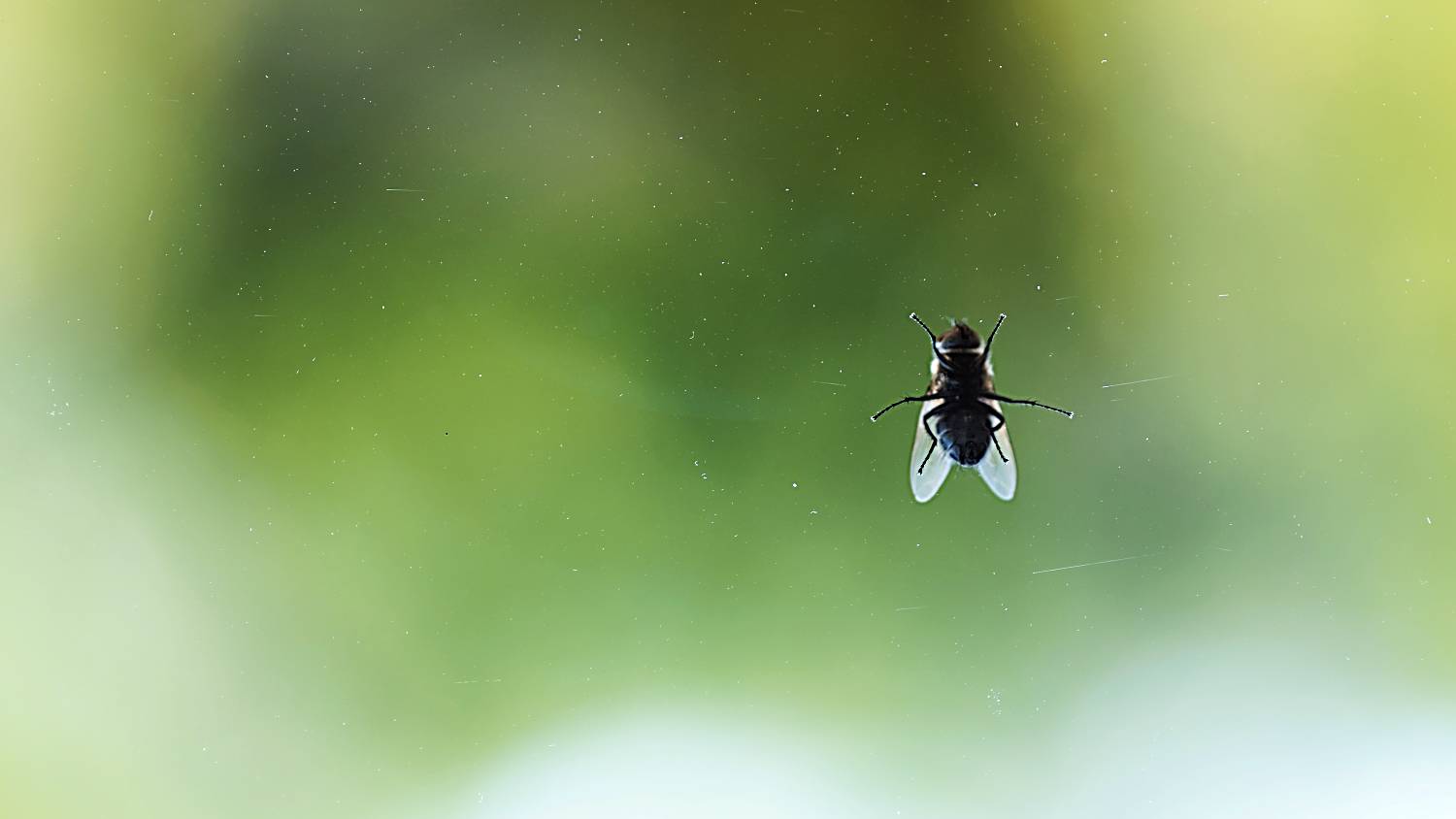
Takeaway
Flies can be a bothersome presence in our homes, but there are effective DIY solutions to deal with them without resorting to pesticides. You can create a DIY fly trap using a plastic bottle, vinegar, or a wine bottle. And the best thing is that the process is simple and requires basic household items.
By selecting the right bait and assembling the trap correctly, you can attract flies and prevent them from escaping. Remember to place the traps in areas where flies are commonly found, such as near garbage cans or sinks.
Frequently asked questions
How do you make a good homemade fly trap?
A simple way to make a DIY fly trap at home is with vinegar and dish soap. Simply grab a shallow dish or bowl and fill it with roughly an inch of apple cider vinegar. Add a tablespoon of sugar and mix the two together. From here, you can add some fruit-scented dish soap, then leave the dish uncovered or cover it with plastic wrap that has holes punched in it.
This vinegar and dish soap fly trap will attract the flies that have invaded your home. Try to position it somewhere where you see a lot of the insects hanging out for full effect.
Which bait works best in a homemade fly trap?
There is a variety of liquids that will work well in a homemade fly trap, and we recommend trying a few different options to see which is most effective in your home. Fruit juice, vinegar and red wine are often the best options, and you can also use solid bait like rotting vegetables and fruit.
No matter which option you go with, be sure to add some water and a drop of soap to keep the flies in your homemade trap.
What liquid do you put in a fly trap?
Flies, like most of us, have a penchant for sweet foods, which luckily makes them very easy to trap. An effective DIY fly trap simply needs a plastic container with a lid, old fruit or vegetable scraps (old bananas and apple cores are effective).
For the liquid, any type of vinegar, sugary option (fruit juice, for example), water, and dish soap is all you need for a homemade trap that will do the job.
Keeping your home pest-free for good
Now you have some helpful tips for capturing those flies that just don’t know when to leave the party with some stuff from around the home. The best DIY fly trap is one that you can use right away with supplies you already have. This is an effective method for a few pesky flies; if however, the problem is getting a little bigger, you may need some expert help.
This goes for a range of other pest infestations as well. We have a selection of expert pest control Taskers who can help you deal with whichever pest you have in the home. We certainly recommend attempting a DIY solution if it’s easy, but sometimes the problem requires more drastic action. It is also vital to put a stop to infestations before they grow, as they can get out of hand quite quickly.
We also have a very helpful article that can give you a bit more information about pests in Autumn, to help you prepare and prevent. When it comes to keeping your home pest-free, a big part of the process comes down to prevention.
There are some things that you can do around the home before there even is an issue to prevent one. Make time to clean your home periodically (or book a house cleaner!) especially wherever there’s food around. This is obviously much more preferable than having to get rid of pests after the fact. Have a read, learn some helpful tips and make sure your home remains the comfortable spot it should be!


